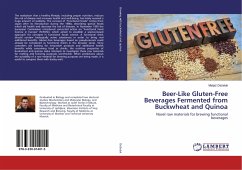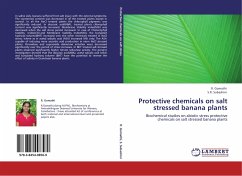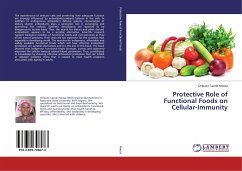Hepatitis infection is a major cause of chronic liver disease which infects more than 170 million persons worldwide, often leading to cirrhosis, hepatic failure and hepatocellular carcinoma. D-galactosamine-induced experimental model system in rats recognized to be much like viral hepatitis in humans from both morphological and functional points of view. Food derived antioxidants have a strong potential for long-term use as chemopreventive agents in disease states involving oxidative stress, such as hepatitis and alcoholic liver diseases because they are safe. Tea and cocoa are food sources rich in phenolic compounds and have several biological activities, such as the ability to scavenge superoxide and hydroxyl radicals, reduce lipid peroxyl radicals and inhibit lipid peroxidation . This study aimed to investigate the protective effect of some polyphenolic compounds, heavily present in green tea, black tea and cocoa, against liver injury and to know the potent effect of each in protecting the liver.
Bitte wählen Sie Ihr Anliegen aus.
Rechnungen
Retourenschein anfordern
Bestellstatus
Storno








